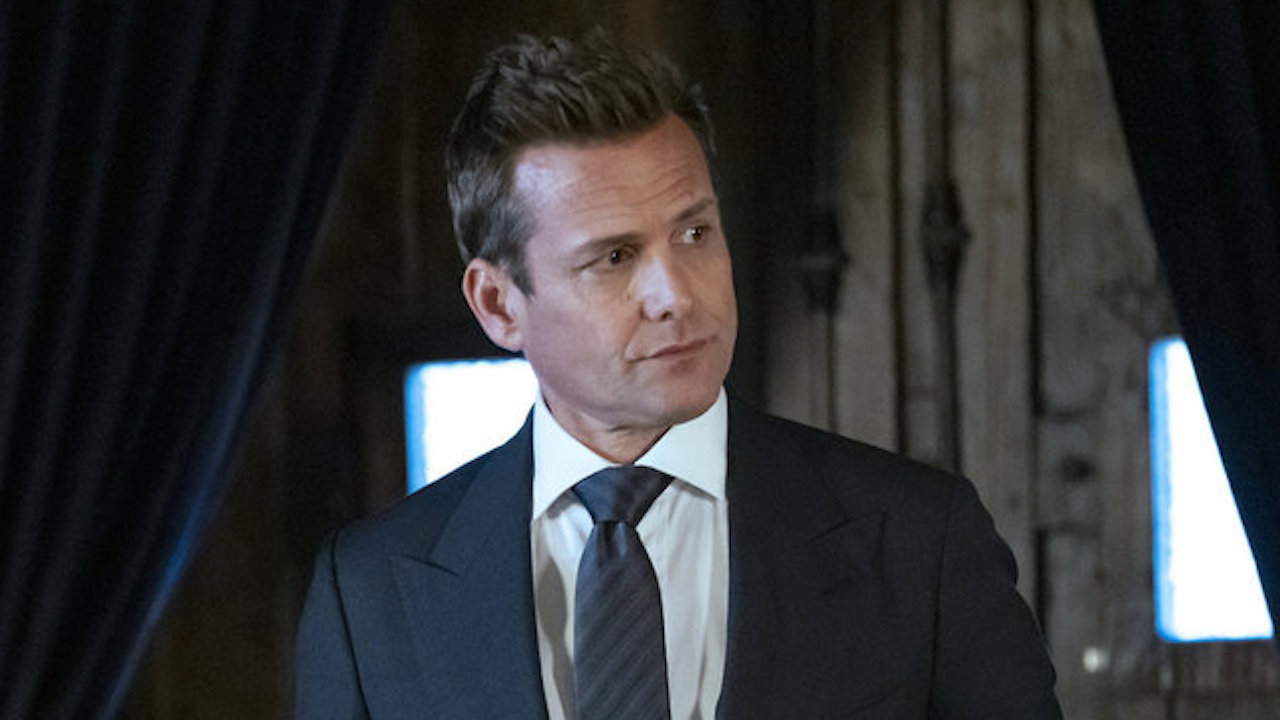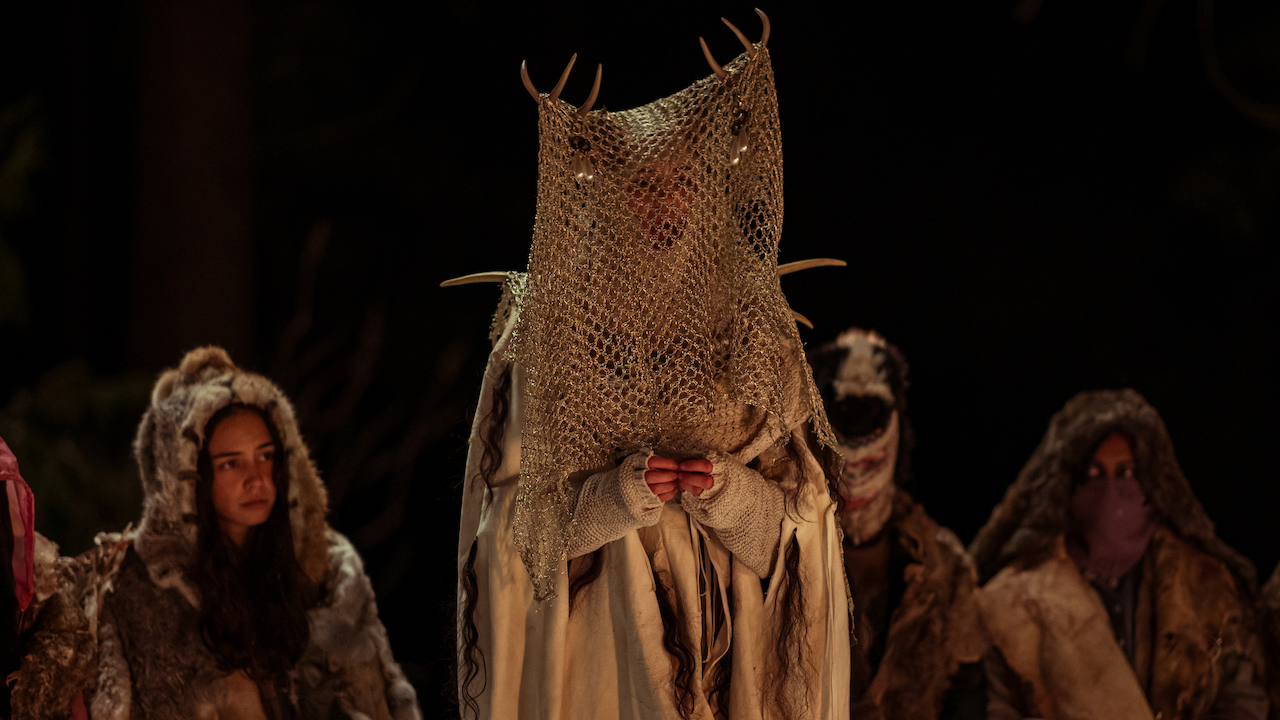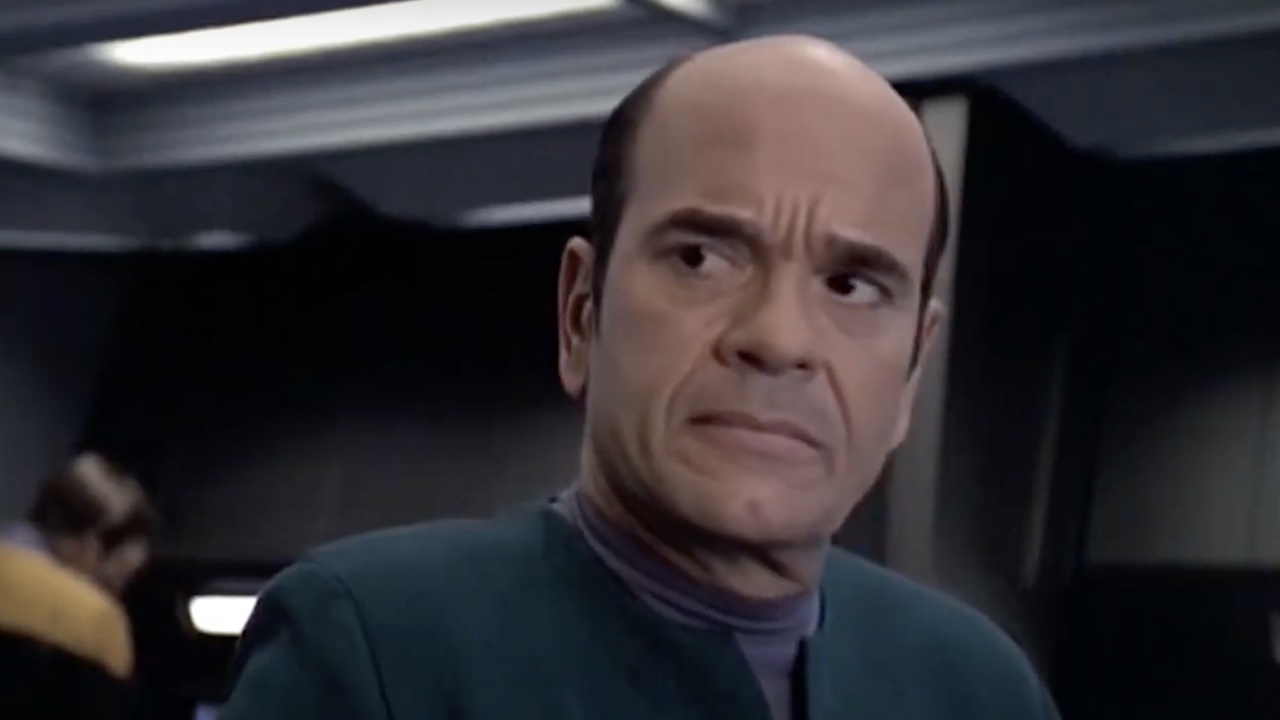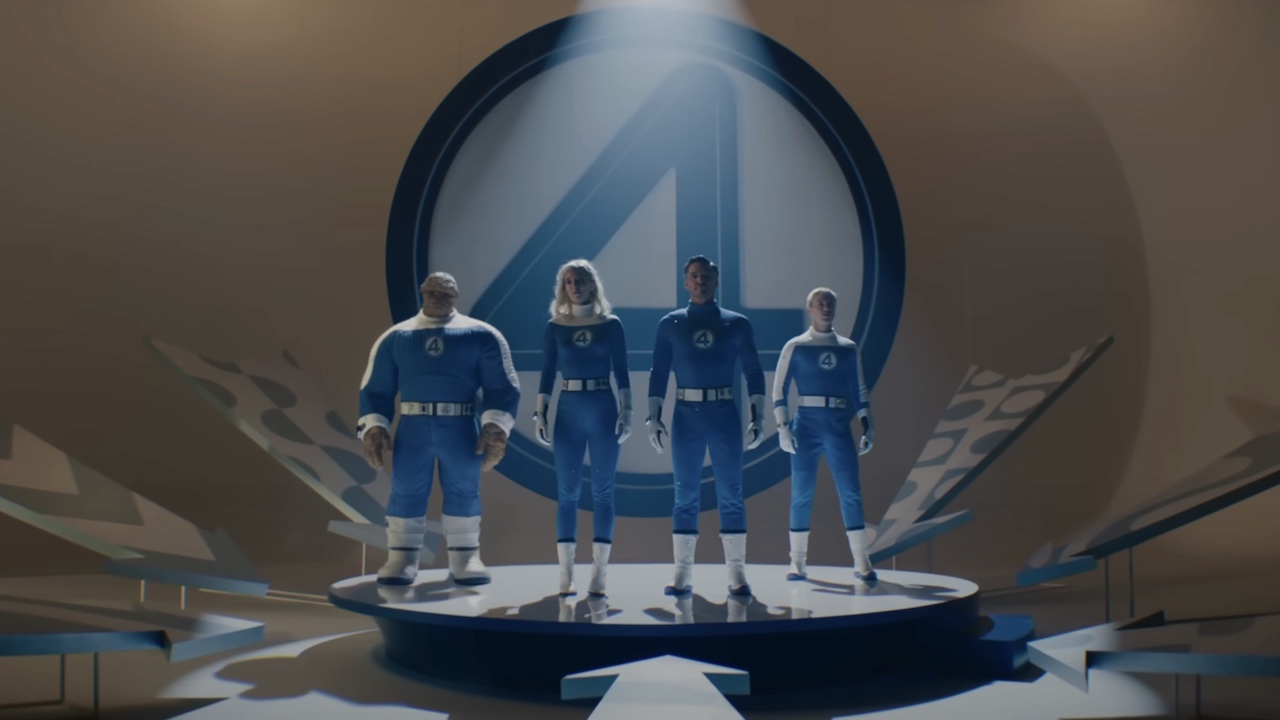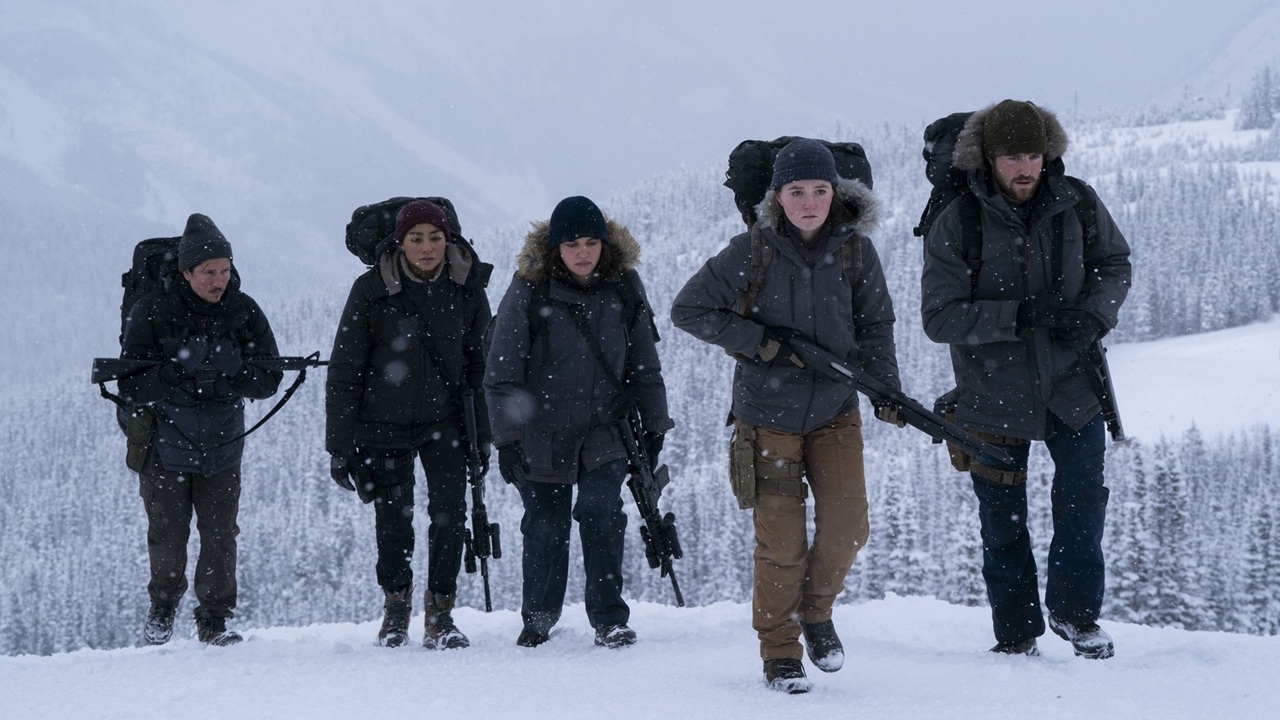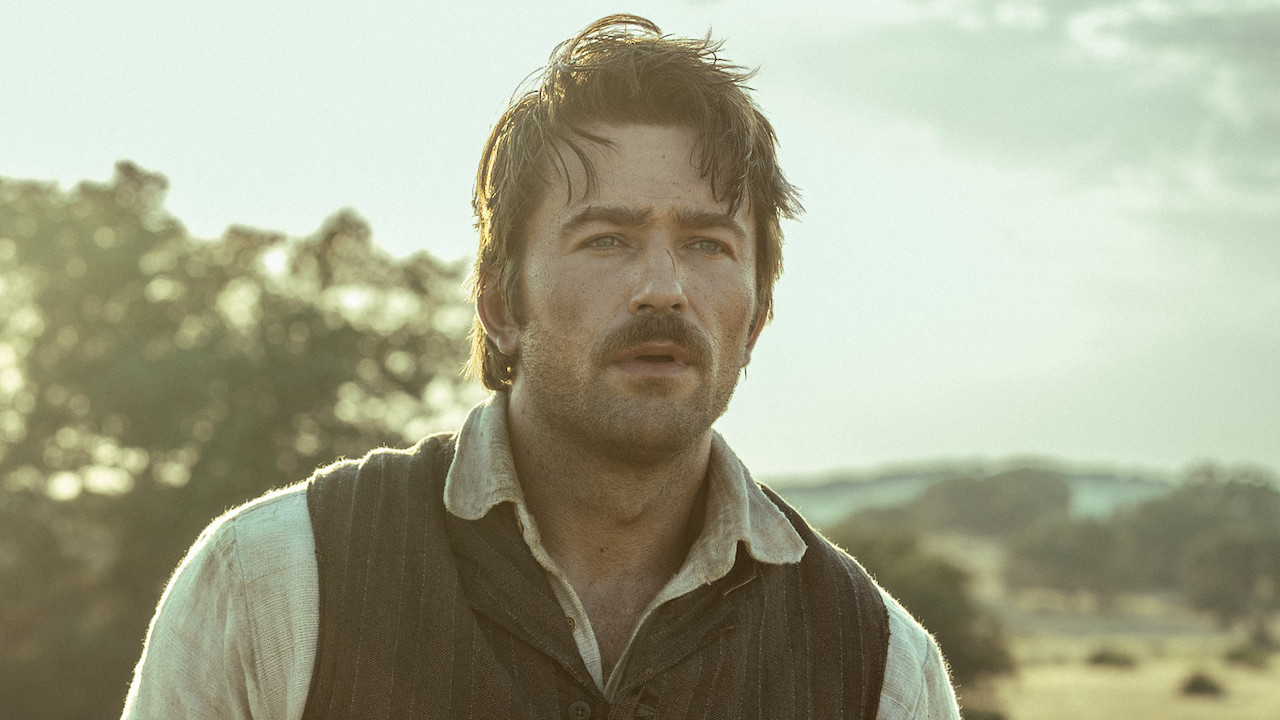The Stand: 8 Differences Between The Book And The Show After Episode 1
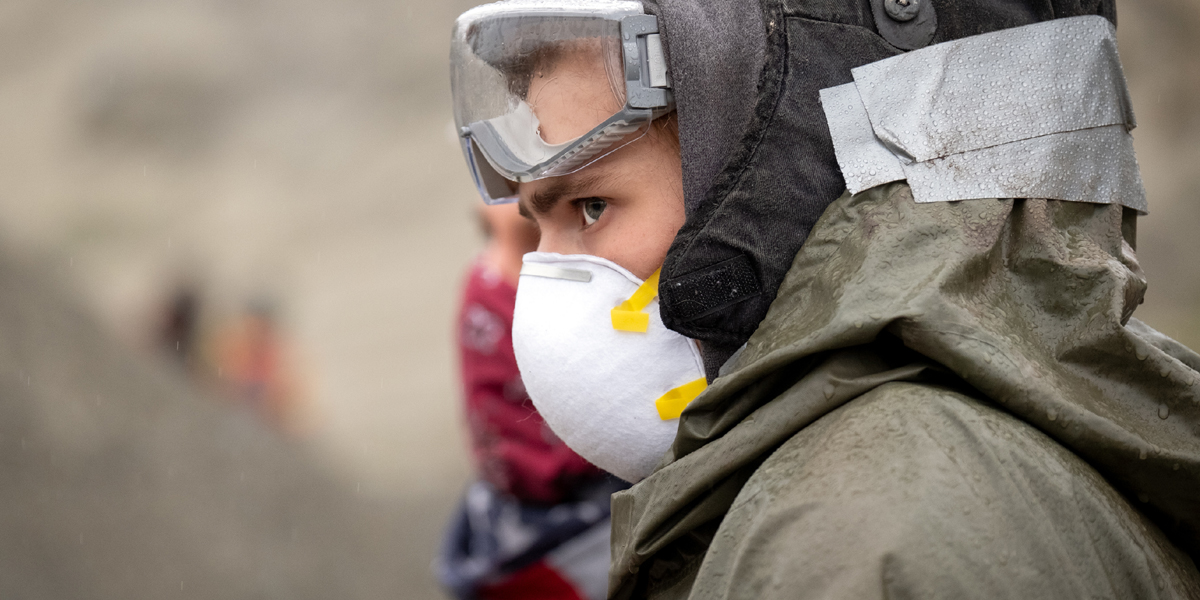
It’s finally here. After years and years of waiting, a new miniseries version of Stephen King’s The Stand has arrived, with its first episode landing on CBS All Access this week. It’s an exciting time for fans who have been watching the project move ever so slowly through development – but it’s also a key time to provide a reminder that the show isn’t going to be a carbon copy of its source material. Factors including the book being multiple decades old and having been previously adapted are going to influence certain new choices made by the filmmakers. And that’s clearly evident in the series premiere, titled “The End.”
So what exactly has been changed? The true answer is quite a number of things, but primarily there are eight key differences that we found between the book and the show. Some of them are significant, and some of them are just simple alterations, and we’ve dug into all of them below.
SPOILER WARNING: The following article contains spoilers for the first episode of The Stand. If you have not yet watched it, proceed at your own risk!
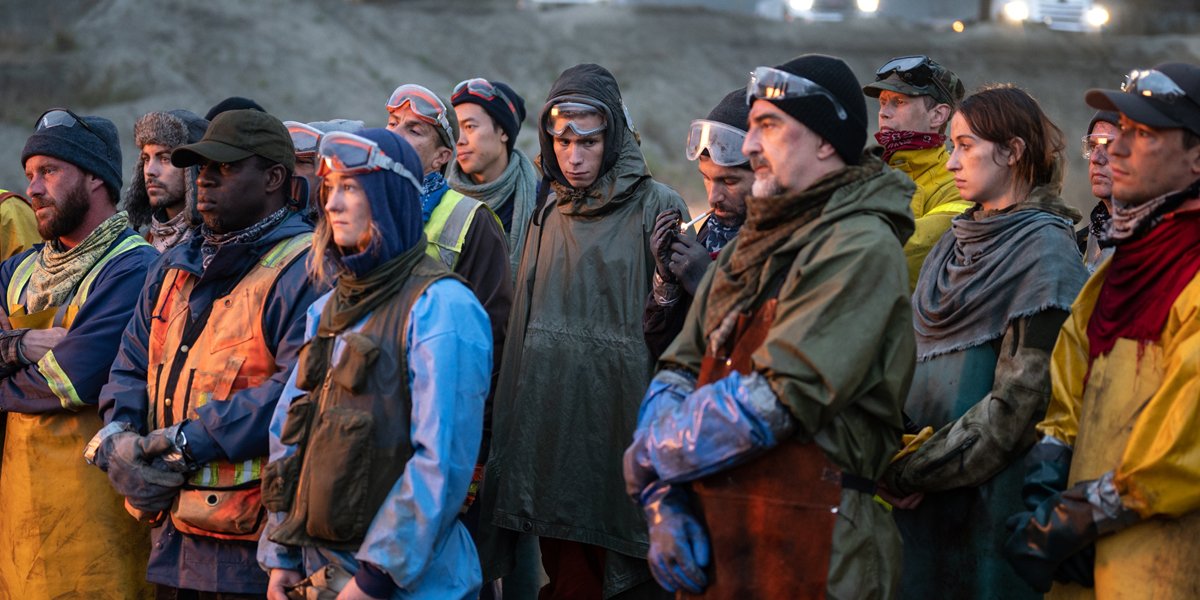
The Story Has A Non-Linear Structure
The Stand doesn’t waste any time throwing big changes from the book at the audience, as the very first frame proves to be a deviation. Fans of the source material likely expected that the miniseries would open with Charles D. Campion’s fateful desertion of his post at the California military base housing Captain Trips, but that scene was ironically used to close out “The End,” and instead our first look into the world of the show is via Harold Lauder’s first day on body disposal duty. It sets up what is a surprising structure for the adaptation, which bounces back and forth in time – simultaneously showing the journeys of the key characters across the United States and the establishment of a new society in what is dubbed the Boulder Free Zone.
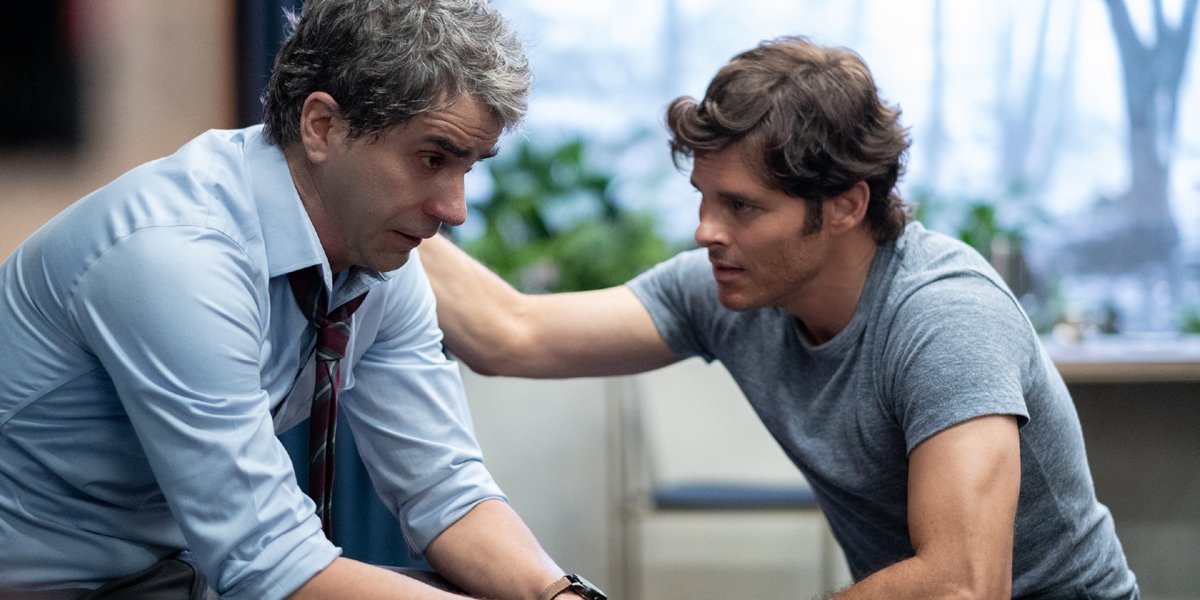
Dr. Denninger And “Dr.” Elder Get Replaced By Dr. Ellis And “Dr.” Cobb
For the most part, The Stand’s treatment of Stuart Redman’s first interaction with Captain Trips is a faithful one, as in broad strokes he goes from being a normal guy hanging out at a gas station in Arnett, Texas to being identified as one of the world’s few immune human beings and transported first to the CDC headquarters in Atlanta, Georgia and then up to Stovington, Vermont. There are two interesting changes within that arc, however, and they involve the doctor taking care of Stu, and the military officer keeping an eye on him. In the book their names are, respectively, Dr. Denninger And “Dr.” Elder, but in the miniseries they are Dr. Ellis And “Dr.” Cobb. The alterations beyond that are mostly superficial, such as the more genial relationship between Stu and Ellis, and Cobb gets his throat slit instead of being shot like Elder, but the name changes are odd.

Fran Had A Deaf Brother, And Her Family Never Learns About Her Pregnancy
Frannie Goldsmith’s introduction in Stephen King’s The Stand is full of family drama, with young woman confessing to her parents that she is pregnant – exacerbating the polar relationships that she has with her loving father and distant mother shortly before both of them die of Captain Trips. That material is mostly sidestepped in the miniseries, as we never actually see Fran’s mom, and she never burdens her dad with the news that she is expecting (or at least we don’t see her do it on screen). It’s not all about subtraction, though, as one thing that’s added to the character’s backstory is that she had a deaf brother who passed away at a young age. This is a personal experience that fans can expect to add a new dimension to her relationship with Nick Andros – who is a character we don’t meet in “The End,” but is a deaf-mute who is ultimately vital to the story.
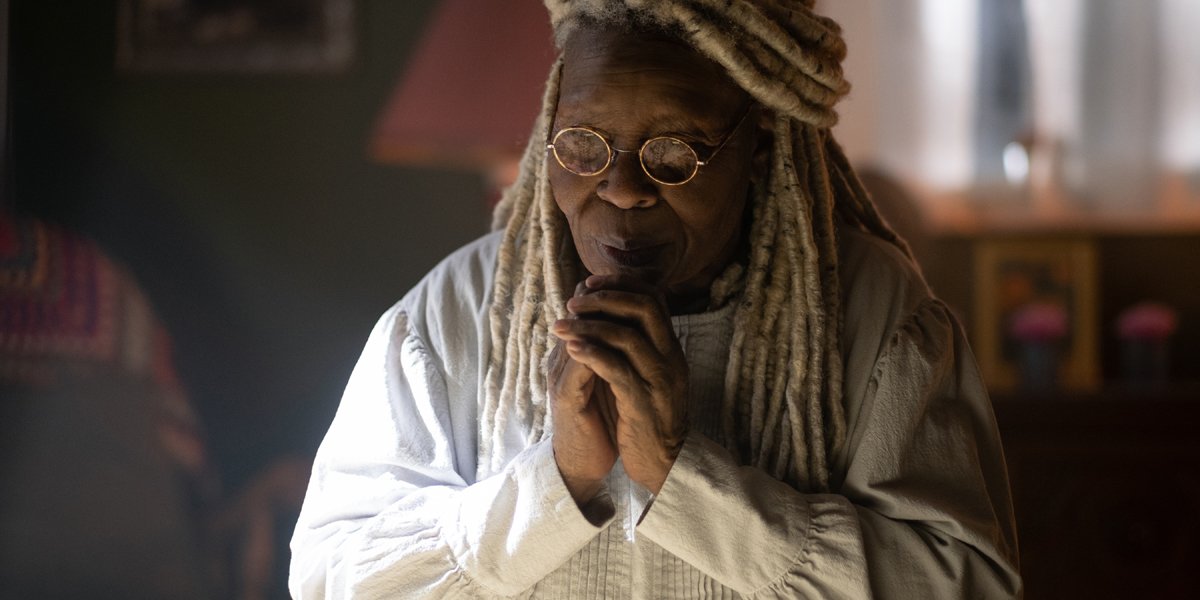
Hemingford Home Moves From Nebraska To Colorado
While there are questions to be asked about some of the deviations from the source material made by the Stand miniseries, this one is fairly obvious. For a reason that’s not entirely explained in the book, the first “calls” sent out psychically by Abigail Freemantle prompt people in the post-apocalypse to head towards Hemingford Home, Nebraska, but a few weeks later her group moves across state lines, and later psychic “calls” on people to travel to Boulder, Colorado to meet her instead. It’s an unnecessary setting change that really has no impact on the story, so it’s not hard to tell why the show just decided to basically put Hemingford Home and Boulder in the same place (presumably the fictional town of Hemingford Home is a suburb of the city in this universe).
CINEMABLEND NEWSLETTER
Your Daily Blend of Entertainment News

Fran Tries To Kill Herself
There is no questioning that Fran gets depressed at the end of the world, feeling great despair about what society is going to look like when her child is born, but the new Stand miniseries takes that to another level by featuring a sequence where the character attempts to commit suicide. Rather than die a slow, lonely death in Ogunquit, Maine, she swallows a bunch of unidentified pills and passes out in the shower, surviving only because Harold finds her and forces her to throw up. This is presumably meant to enhance the feeling from Harold’s perspective that Fran owes him something (fun fact: she absolutely doesn’t), and further spur his resentment when she rejects his affections.

Stu Leaving The Facility And Meeting Starkey
Stu’s escape from the Stovington, Vermont facility following containment breach in the book is one of the creepiest sequences in the book, as he is forced to journey blindly through a massively confusing underground environment basically just praying that he will one day see outside again. The adaptation of The Stand simplifies this a bit, specifically by taking the horror aspect out of the escape and fitting General William Starkey in a whole new role. While the CBS All Access miniseries puts him in command of the entire Stovington facility, in the novel Starkey is the general who oversees the base where Captain Trips first broke out of containment, fixating on details in security cameras including a man who died with his face in a bowl of soup. One thing that remains consistent between the show and the novel is that Starkey dies as a result of a self-inflicted gunshot wound.
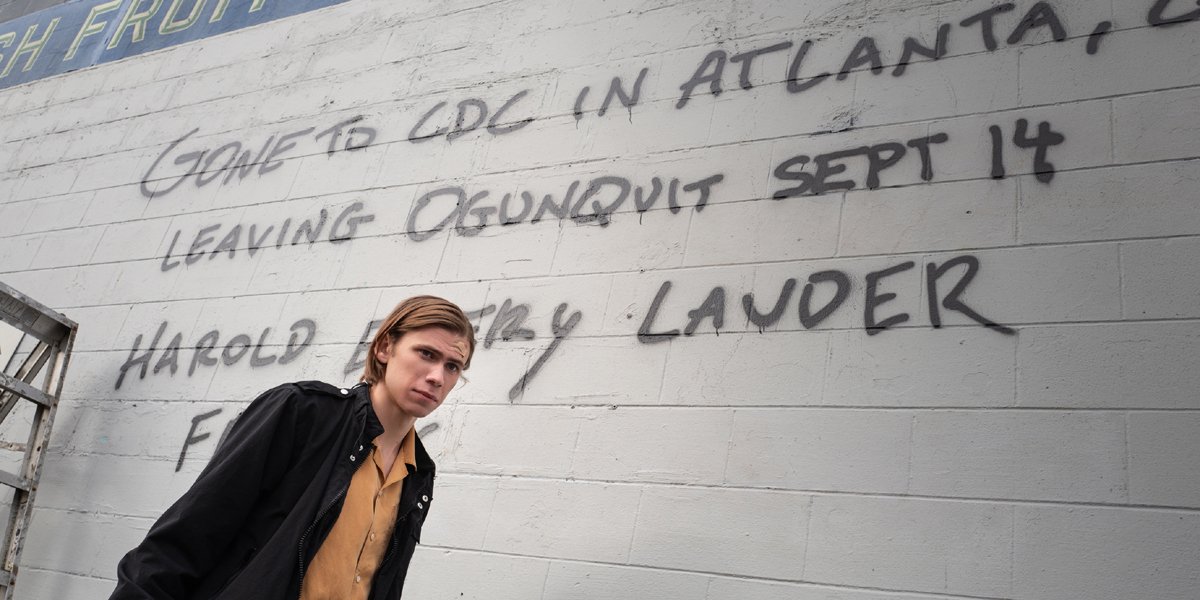
Fran And Harold Head Off To Atlanta, Not Stovington, Vermont
As shown towards the end of The Stand’s first episode, Stu, Fran, and Harold wind up being an important trio at the core of the larger unfolding story, but based on the evidence presented in “The End” their first time meeting each other won’t be exactly the same as in Stephen King’s book. How do we know this? Because in the source material Fran and Harold leave Ogunquit, Maine heading to the fictional CDC facility in Stovington, Vermont, and that’s where they run into a post-escape Stu. In the miniseries it is established that the “couple” is headed to Atlanta, Georgia instead, which means that they will probably meet Stu under more original circumstances.

Flagg Rides With Campion
Alexander Skarsgard turn as the powerful, sinister Randall Flagg is certainly one of the most anticipated aspects of the new miniseries, but with the majority of The Stand’s series debut centering on protagonists battling the invisible enemy that is Captain Trips there isn’t much room made for his proper introduction. Instead, the episode opts to go the tease route instead, and does so by inserting the character into some new, key places in the story. In the book Charles D. Campion has no idea why he is able to get out of his guard tower when the facility is locking down, instead focusing more on the opportunity to be with his wife and daughter, but the miniseries adds a new wrinkle by establishing that the door to his station is kept ajar by Flagg’s boot. Having the villainous character showing up in the backseat of Campion’s car after first appearing as a hitchhiker is another original detail, but it certainly fits with the way things play out in the big picture.
Episode 2 of The Stand, titled “Pocket Savior,” will be made available on CBS All Access starting on Christmas Eve, and be sure to head back here to CinemaBlend after you watch, as we’ll have another show-to-book comparison waiting for you!









Eric Eisenberg is the Assistant Managing Editor at CinemaBlend. After graduating Boston University and earning a bachelor’s degree in journalism, he took a part-time job as a staff writer for CinemaBlend, and after six months was offered the opportunity to move to Los Angeles and take on a newly created West Coast Editor position. Over a decade later, he's continuing to advance his interests and expertise. In addition to conducting filmmaker interviews and contributing to the news and feature content of the site, Eric also oversees the Movie Reviews section, writes the the weekend box office report (published Sundays), and is the site's resident Stephen King expert. He has two King-related columns.

